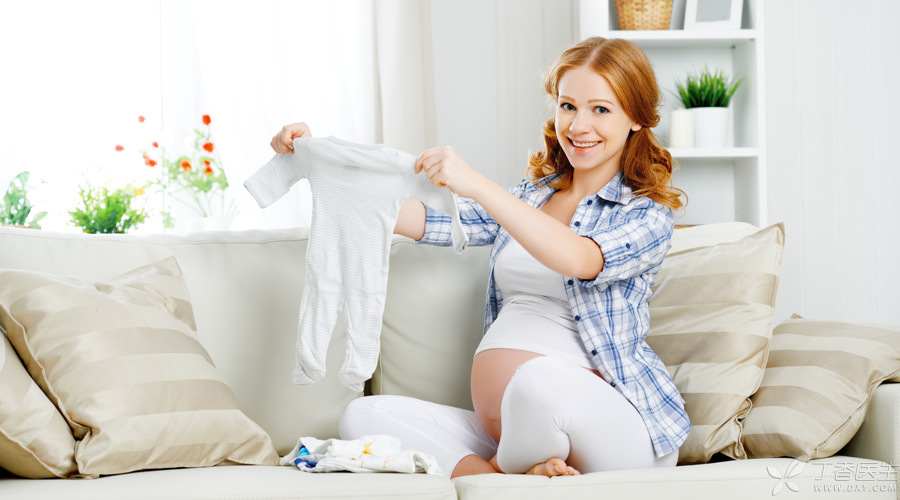
Artificial insemination has a higher pregnancy rate than natural conception, but it is still much lower than IVF, so some infertile patients require IVF when they first see a doctor.
However, in actual clinical work, doctors usually recommend to switch to IVF treatment only if there is no pregnancy after 3-4 cycles of artificial insemination.
At this time, the patient will have more or less doubts in his heart. Why not directly adopt IVF with higher success rate for me?
Different people are suitable for different methods.
To answer the previous questions first, in fact, whether to directly use IVF is decided according to the patient’s situation.
Artificial insemination is an assisted reproductive technology that is relatively close to natural conception. It uses non-sexual intercourse to transport sperm into the uterine cavity to achieve the purpose of conception. Artificial insemination can use either the husband’s sperm or the sperm bank.
The treatment of IVF must meet the corresponding standards, while IVF cannot achieve [success in one go], and the cost is relatively expensive, the treatment time is long, and the patients have to bear greater psychological pressure.
On the whole, there are two ways, one is difficult and the other is easy. Of course, it is the relatively simple one to try first. In case it is not possible, it is not too late to do the difficult one. Therefore, doctors will suggest that ordinary infertile patients should do artificial insemination first.
Although the success rate of artificial insemination is lower than that of IVF, it also has advantages:
- The operation is simple: the medication is less and relatively safe, the time required is short, and the damage to the patient is small. The cost is lower: the operation of artificial insemination by husband’s sperm, the cost of ovulation induction and monitoring is about 2,000 yuan, which is simple and convenient to carry out, can be tried many times, and has less psychological burden.
These conditions are suitable for artificial insemination.
The causes of infertility are different. If it is the following situation, artificial insemination is more suitable to help pregnancy.
Infertility caused by female factors:
- Ovulation disorder: follicular development disorder, luteal insufficiency, etc., the most common is polycystic ovary syndrome, luteinized follicular non-rupture syndrome. Cervical factors: cervical anatomical abnormalities or mucus abnormalities cause sperm to fail to pass through the cervix. Reproductive tract abnormalities: vaginal abnormalities or stenosis, etc.
Infertility caused by male factors:
- Semen abnormalities: mild or moderate oligospermia, asthenospermia, non-severe abnormal spermatozoa, abnormal semen liquefaction. Sexual dysfunction: penile erectile dysfunction, non-ejaculation or retrograde ejaculation, etc.
In addition, there are infertility caused by immune factors and infertility of unknown causes. Artificial insemination can also be tried.
A large number of data at home and abroad show that the success rate of the first to third artificial insemination is higher than that of the fourth to sixth artificial insemination. The cumulative pregnancy rate of the three cycles is about 30%, and the cumulative pregnancy rate only drops to below 10% after more than three cycles of unsuccessful insemination.
Therefore, in the reproductive center of a regular hospital, if the patient meets the criteria for artificial insemination, at least 3 cycles of artificial insemination will be arranged. If there is no pregnancy after 3 cycles, it will be reevaluated and transferred to IVF treatment.
